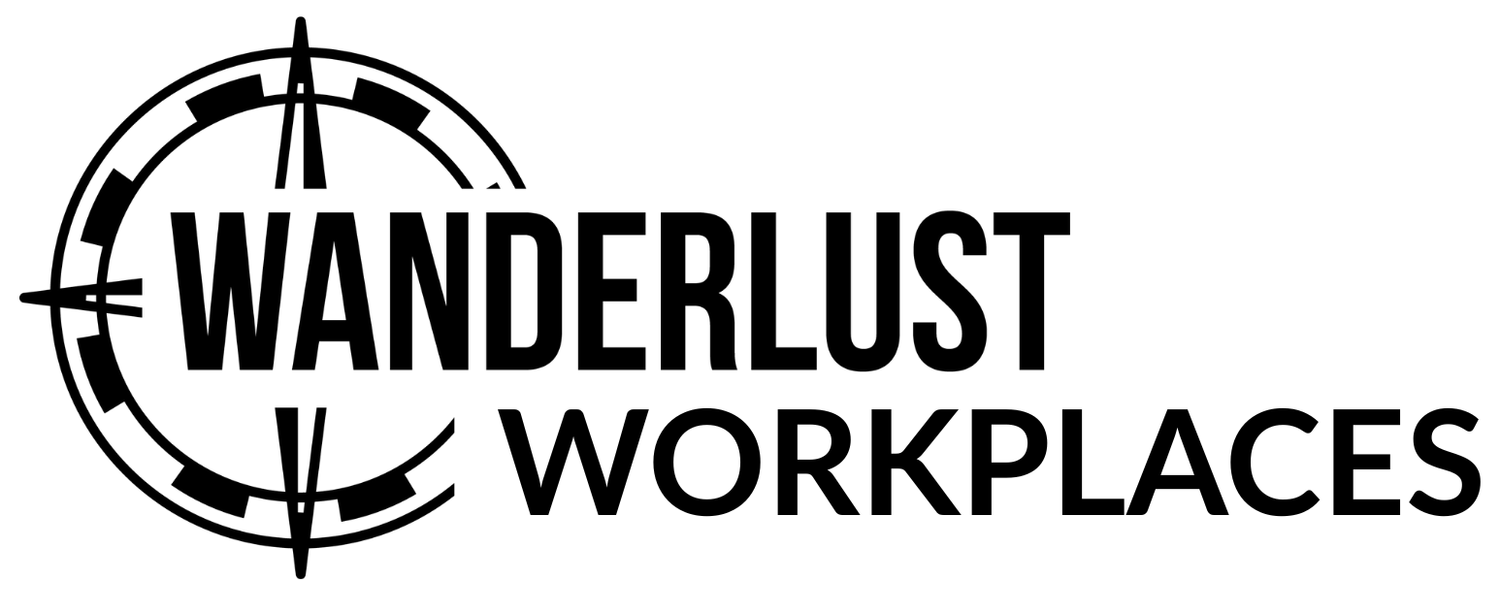Problems Retaining Employees of Color?
The Solution Starts with Inclusion & Belonging (I&B)
The examination of racial discrimination and turnover within the technology sector is rare. Scott, Klein, and Onovakpuri’s (2017) study of turnover among a nationally representative sample of U.S. tech employees found that perceptions of unfair treatment were the single largest driver of attrition. This impact was most significant amongBlack, Latinx, and Native American/Alaskan Native-identified employees. Specifically, “bullying” and “hostility” were identified as the strongest predictors of voluntary departure. These findings suggest that a hostile workplace environment - whether overt or subtle - is contributing to the decision of many employees of Color to leave the industry. While it is difficult to establish causation, racial discrimination appears to be a likely factor.
Rethinking Employee Retention Strategies for Talent of Color: Beyond Perks and Paychecks
Many companies tend to focus on retention through perks and paychecks.However, retaining employees of Color, especially in tech, requires deeper investment in inclusion and belonging in the workplace. Inclusion means creating environments where employees feel seen, valued, and psychologically safe. Strategies for fostering this include:
Supporting career advancement through mentorship and sponsorship.
Without these deeper, equity-centered practices, even the best-paid employees may choose to leave.
Culturally Competent Executive Coaching and Leadership Development Coaching
Providing culturally responsive executive coaching,leadership coaching, and management training is essential for retaining and advancing underrepresented talent. These services should be delivered by a diverse team of professionals trained in multicultural competency and equipped to provide mental health-informed retention support. Understanding the racial and cultural dynamics shaping workplace experiences allows coaches to offer empathetic, impactful guidance that supports long-term career growth.
360 Reviews & Feedback
Implementing 360-degree reviews and feedback from unbiased, external consultants helps employees and emerging leaders of Color feel psychologically safe while receiving accurate, growth-oriented feedback. Incorporating metrics on inclusive behaviors and bias awareness further strengthens the process and ensures a more accurate, equitable, and growth-oriented perspective.
Integrate Inclusion & Belonging into Trainings & Workshops
Equipping managers and leaders with ongoing, practical workshops on microaggressions, psychological safety, and discriminatory behaviors (including hostile, avoidant, and aversive-hostile dynamics) is critical for building inclusive workplace cultures. Research shows that voluntary participation is most effective (Dobbins & Kalev, 2016). Providing these opportunities at all levels promotes culturally responsive leadership development and signals a genuine commitment to inclusion and belonging. Build Formal Mentorship-Sponsorship Programs that Focus on Visibility, Stretch Assignments, and Advocacy.
Build Formal Mentorship-Sponsorship Programs that Focus on Visibility, Stretch Assignments, and Advocacy
Talent of Color often experience "stalled development" not because of a lack of skills, but due to a lack of sponsorship. While mentorship provides valuable guidance and support, helping individuals navigate their careers, build confidence, and understand workplace norms, it is typically private and focused on preparation. Sponsorship, on the other hand, is about advocacy and access. Sponsors use their influence and position to publicly endorse talent for high-visibility projects, promotions, or leadership roles. Unlike mentors, sponsors actively champion their protégés, putting their names forward in rooms where decisions are made. In short, mentorship helps you prepare; sponsorship helps you advance. If needed, hire an outside consultant to design and deploy such a program, and to collect data on organizational outcomes.
Build Intentional Community and Affinity Spaces with Real Influence
Building on Priya Parker’s work, organizations can move beyond casual social events and foster intentional community in the workplace. This means supporting ERGs not just with potlucks, but with a direct line to leadership, budget authority, and real influence over policy. When these gatherings are designed with purpose and aligned with leadership, they can function as powerful think tanks for employee experience and inclusion innovation, not only as morale boosters. With intentionality and strategic collaboration, there’s a great deal to be gained.
Audit the Impact of “Wellness” and Perks by Demographic
Lastly, it’s important to audit who is actually using your workplace benefits. Who feels safe taking a mental health day or parental leave, if offered? Who regularly uses gym memberships, meditation apps, or other wellness perks? Conducting an organizational audit that examines benefit utilization by race can reveal important insights into why certain retention strategies may not be effectively supporting talent of color. If only some employees feel safe or welcome using what’s available, the benefits aren’t truly inclusive–and they won’t drive equitable retention.
Inclusion Isn’t Just a Culture Goal: It’s a Retention Strategy
According to researchers like Mor Barak and colleagues (2015), workplace inclusion is intricately tied to emotional safety and psychological well-being, not just policy. Yet many tech companies continue to focus retention efforts on surface-level perks or one-time diversity trainings. Organizational research across sectors consistently shows that inclusive workplaces reduce turnover. When employees (especially women and people of Color) feel included, they report higher organizational commitment and are less likely to quit (Findler, Wind, & Mor Barak, 2007). Conversely, experiences of exclusion, whether overt or subtle, erode trust, increase burnout, and amplify attrition risk.
A Mental Health-Informed Retention Approach
We work with companies that recognize retention is not only about compensation, but about creating workplaces where employees of Color feel psychologically safe, emotionally supported, and valued. A mental health-informed retention strategy integrates culturally responsive coaching, trauma-aware leadership training, and equity-centered organizational practices. By addressing both systemic inequities and individual well-being, companies can reduce turnover, strengthen engagement, and foster a culture where diverse talent thrives.

